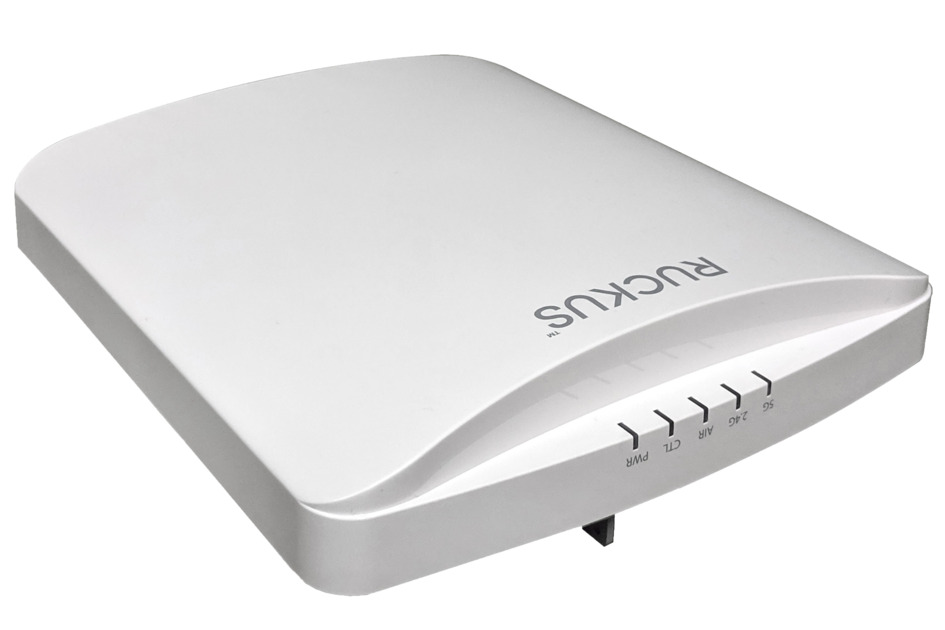Imagine a city where every movement, every interaction, and even the simplest of daily activities are transformed into actionable insights. Welcome to the era of smart cities. At the heart of this transformation lies an often-overlooked resource: WiFi data. As urban areas evolve, harnessing wifi analytics for smart cities is revolutionizing how we understand and manage our environments.
From optimizing traffic flow to enhancing public safety, WiFi data offers a treasure trove of information that can shape urban planning. But what does this mean for you? For residents and visitors alike, it promises a more efficient and enjoyable experience in navigating bustling streets or serene parks.
Join us as we delve into real-world examples showcasing successful implementations of wifi analytics in smart cities. We'll also explore some challenges these innovations face while highlighting the crucial role both government entities and citizens play in shaping intelligent policies for our urban landscapes. Get ready to unlock the potential that WiFi data holds for creating smarter communities!
Case Studies of Success: How Smart Cities are Using WiFi Data
Cities around the world are now leveraging WiFi data to enhance urban life. For instance, Barcelona has transformed its public spaces using wifi analytics for smart cities. By monitoring foot traffic patterns in parks and plazas, city planners can allocate resources more effectively.
In New York City, a pilot program utilized WiFi data to improve emergency response times. Real-time analysis of crowd movement helped first responders navigate congested areas quickly during crises.
Meanwhile, London’s smart infrastructure initiative uses WiFi data to optimize energy usage in public buildings. This not only reduces costs but also promotes sustainability within the community.
These examples show how cities tap into valuable insights derived from everyday connectivity. The results speak for themselves—more efficient operations leading to improved quality of life for residents and visitors alike.
Challenges and Concerns Surrounding the Use of WiFi Data
The integration of WiFi data in smart cities brings several challenges. One prominent concern is privacy. With vast amounts of user data collected, how can cities ensure that personal information remains protected? Citizens often worry about who has access to their browsing habits and location.
Security is another pressing issue. Public WiFi networks are susceptible to hacking and cyber attacks. Any breach could compromise sensitive information, leading to a loss of trust among residents.
Additionally, the technology infrastructure required for effective wifi analytics can be costly. Cities must balance budget constraints with the need for advanced systems that accurately process data without overwhelming existing resources.
There’s the challenge of digital inequity. Not all citizens have equal access to technology or internet services, which may leave certain populations underserved when using WiFi-driven insights for urban planning and development initiatives.
The Role of Government and Citizens in Shaping Smart City Policies
The development of smart cities is not solely a top-down initiative. It requires collaboration between government entities and citizens to create effective policies that leverage wifi analytics for smart cities. Governments play a crucial role in establishing frameworks that facilitate the collection and utilization of WiFi data while ensuring privacy and security measures are in place.
Citizens, on the other hand, must be engaged in discussions about how their data is used. Transparency from city officials can foster trust within communities. Public forums, surveys, and outreach programs are essential methods for encouraging citizen involvement.
Moreover, local governments should prioritize education around wifi analytics so residents understand its benefits and implications. This knowledge empowers citizens to advocate for responsible practices regarding their personal information.
Successful implementation of wifi data strategies hinges on this partnership. When both parties collaborate effectively, they can shape urban environments that are smarter and more responsive to the needs of all residents. Through shared responsibility, smart cities can thrive while maintaining ethical standards that protect individual rights.
For more info. visit us :





Comments